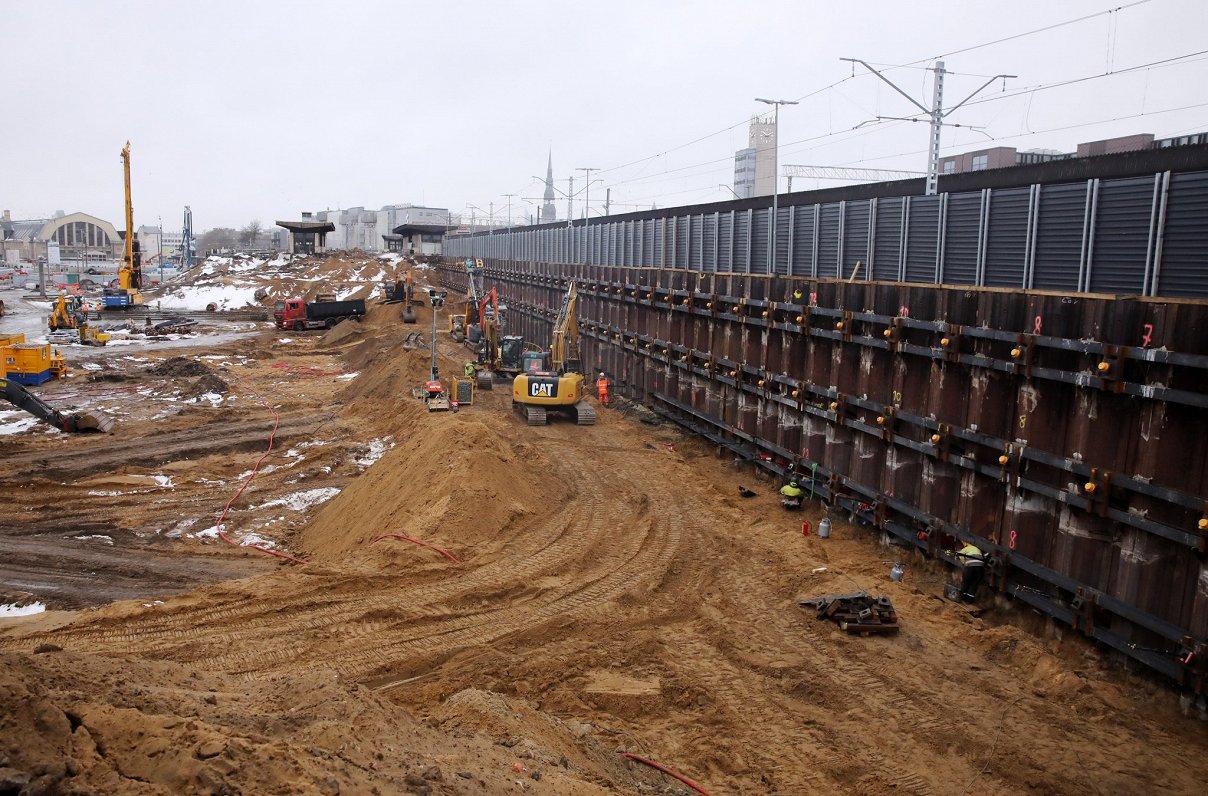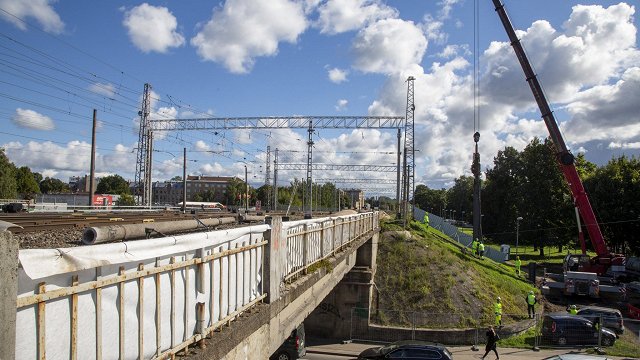The draft law provides that technical or special provisions to be issued for the implementation of the Rail Baltica project may not include requirements for the construction of structures or parts thereof which do not comply with the provisions of the Connecting Europe Facility on the financing of Rail Baltica, unless their requirements concern public safety and health interests or affect infrastructure safety and long-term accessibility.
The draft law also provides for a framework for the handling of sites on the list of State protected cultural monuments located in the area of implementation of the Rail Baltica project. As part of the design phase of the “Rail Baltica” railway line, a number of sites have been identified, according to the survey carried out by the designers, which are included in the national list of cultural monuments that could be affected during the construction work of the Rail Baltica railway route.
The impact of cultural monuments identified in the construction process of the Rail Baltica railway infrastructure could be significant and their location and technical situation are not expected to be compatible with the construction of the planned railway. The study shows that there is no possibility to find a conversion method that would allow the structures in question to be kept intact.
One example of the identified cultural monuments of local interest is the historical traffic transmission in Torņakalns, the preservation of which is incompatible with the construction of the Rail Baltica route. Different technical solutions are assessed with different impacts of these transmissions. One of the identified approaches is to try to preserve the visual shape of the historical transmission by incorporating part of the original structures and their components into the newly constructed transport to the extent technically justified and necessary to execute the construction of the new railway route and the rebuilding of the existing track.
The law shall determine the procedures for the felling of protected trees to be implemented as a last resort after consideration of other alternatives.
At the same time, the Law provides for the extension of the maximum duration of the performance of the works and the term of validity of the topographic plan.
The draft law includes a framework for the lands without owners or heirs, which will speed up the acquisition of plots necessary for the implementation of the Rail Baltica project to carry out works, thereby increasing the pace of implementation of the project, said the Ministry of Transport.
The draft law has yet to be approved by the Saeima.




























